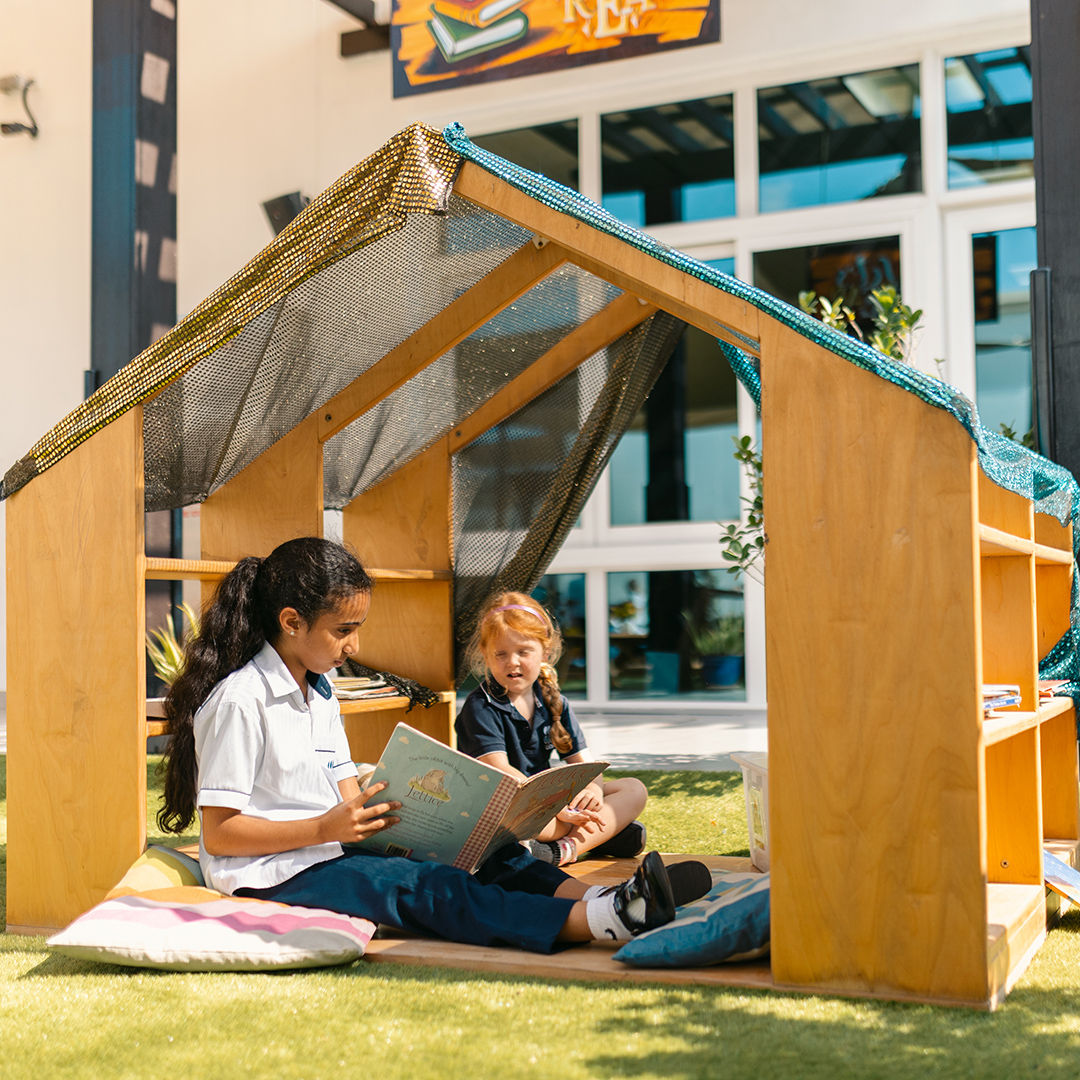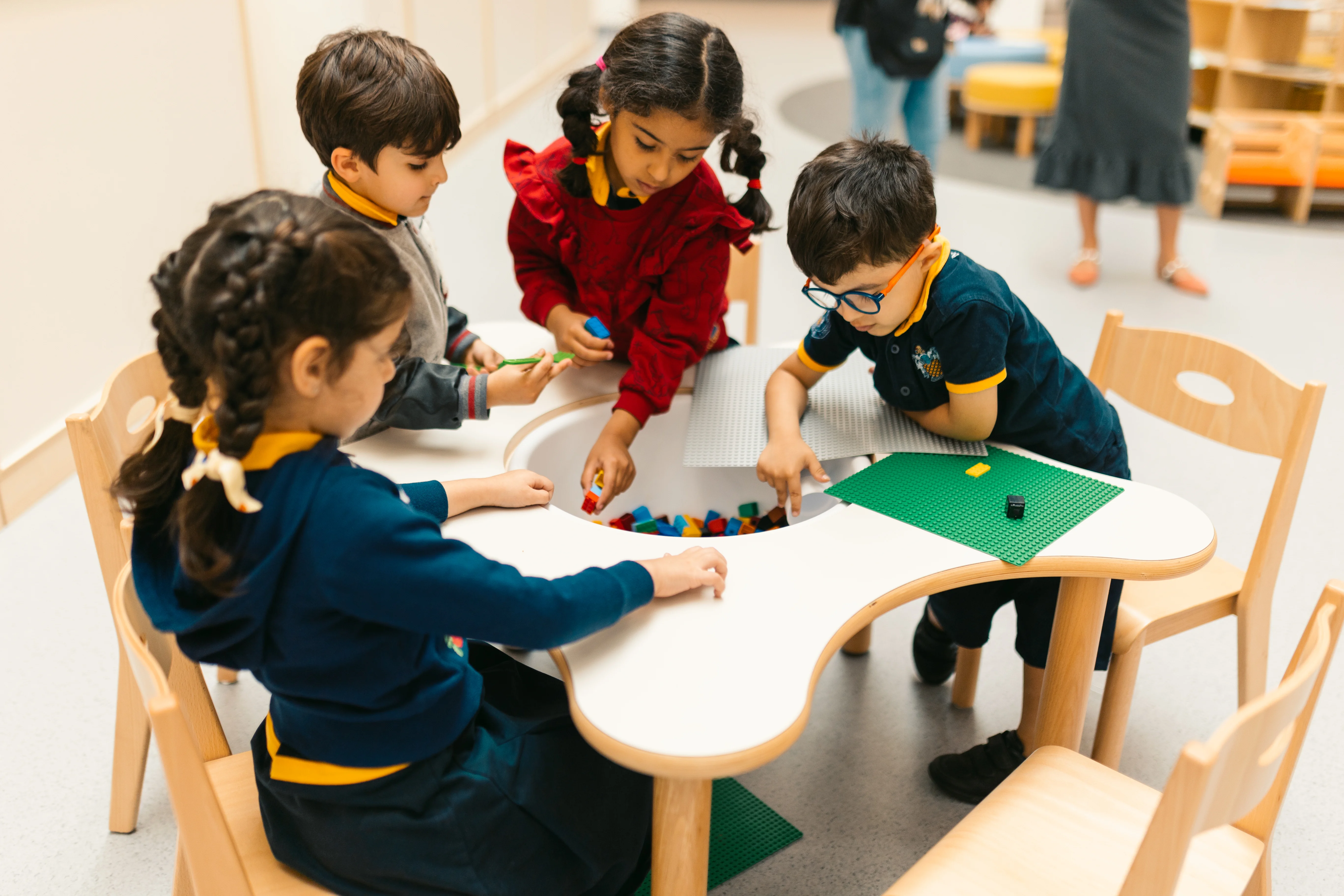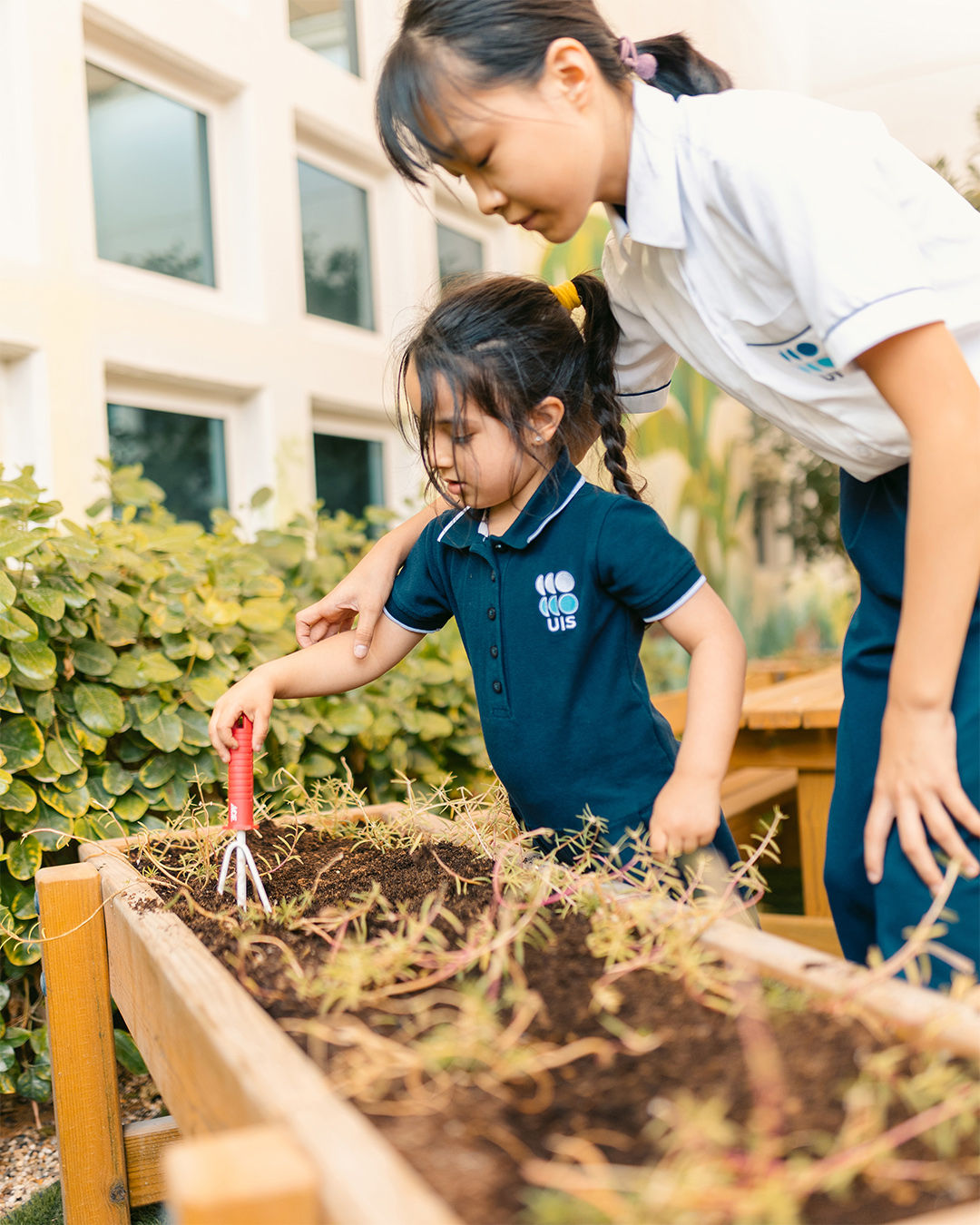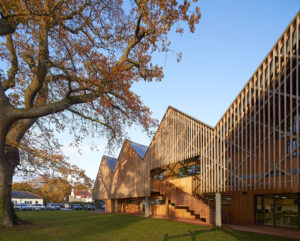
Today, we put more focus on our well-being than ever before, with good health and wellbeing currently listed as third on the UN’s 17 Goals for Sustainable Development. Based upon the Kidzink team’s experience, few areas of society place greater emphasis on well-being than education and schools. In this special feature, by team member Lucy Cale, we look at how well-being plays out in the schools of today.
For educators, the well-being of their students is of paramount importance. Great teachers care deeply for their students and know that well-being directly affects the way in which children learn and perform. This is well documented in research, in fact a recent study, conducted by the University of Salford, UK, found that classrooms that had been well-designed could improve pupil performance by huge 25%.
As with every aspect of our lives, our environment can have a profound effect on overall well-being, and this is especially true in schools. Simply put, if an environment is engaging, children and staff are more likely to feel engaged. Some schools can feel stuffy, oppressive and boring…boxes with boxes within, plain and uninteresting.

At Kidzink we believe that the buildings and learning spaces themselves have almost the same potential as the students they house, but (like the students!) this potential must be cultivated with expertise, care and attention. In a nutshell, this is why we do what we do (and why we’re really good at it, too!).
Taking well-being a step beyond the usual design cornerstones of space planning, colour, acoustics, air quality and comfort, our years of collective experience have shown us…time and time again… that one ultra-important element of well-being can sometimes be overlooked. That is: belonging. For team Kidzink, belonging is something know can be fostered through intelligent design. Learning spaces should allow children and adults alike to have the space they need to create authentic connections with one another.
For children connection is rooted in (and born of) one core activity: play. Learning and play go hand in hand, and when a learning environment becomes less regimented, it allows for a more collaborative and interactive learning experience. In short, play enhances both belonging and well-being in children. One hallmark of a Kidzink design is always, always light and playful touch.

Belonging to a school means having the comfort of moving around with ease. Moving freely is just as important as taking time to pause and explore ideas with others. Plus – getting lost is no fun…we’ve all been somewhere unfamiliar to us and felt the stress of not knowing where we needed to go or how to get there. Imagine how that anxious, uncomfortable feeling is multiplied in young children!
This is why a Kidzink learning space will be thought of in a way that flows intuitively from one area to another and why clear wayfinding/signposting can make a huge difference to the functionality and friendliness of a space. When a large building is easy to navigate, it doesn’t seem so big – something which can only be a help to children starting out in a new school.
To summarise, schools are second homes for children and if we want to follow the UN’s lead on well-being, each learning area and touchpoint should be designed with well-being in mind.

